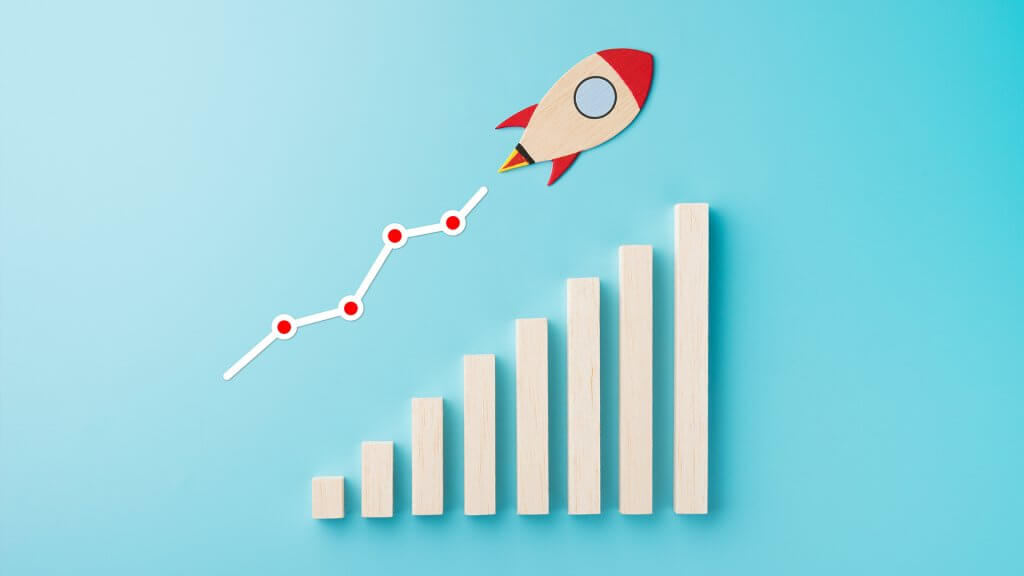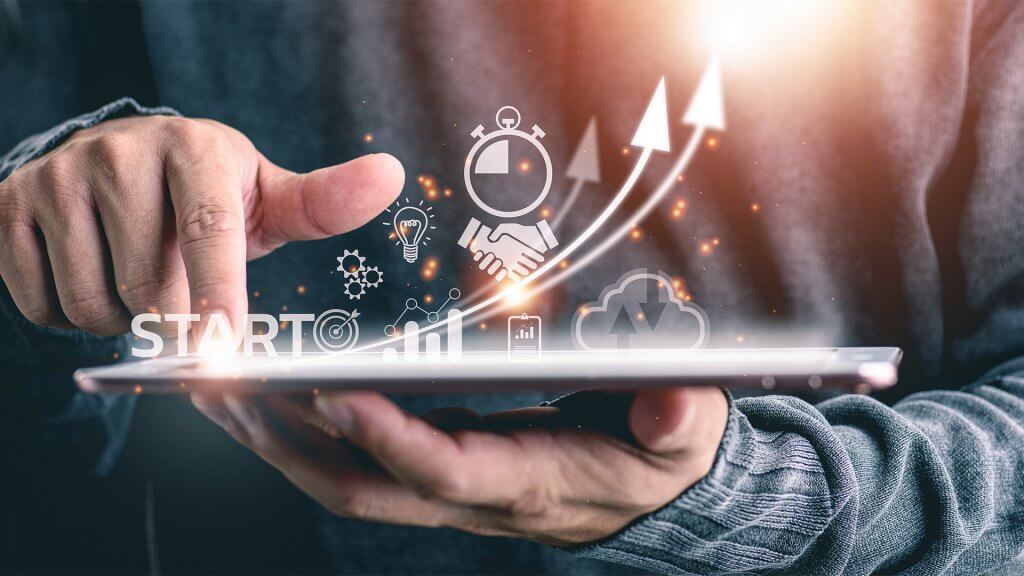Transformative Transitions: 8 Exit Archetypes Every Company Founder Must Know
An expert examination of the prototypical exist phases—and crucial navigational strategies—founders must heed in today’s economic climate
By Merilee Kern, MBA
Business transitions are important for several reasons. They enable company founders to navigate the opportunities and challenges that come with change, often fostering continued innovation and success in an ever-evolving marketplace.
In the daunting, yet exhilarating, journey of entrepreneurship, founders traverse various roles that evolve with their venture. Today’s thriving U.S. economy, marked by accelerated growth, is providing a favorable environment for founders to move on to the next phase of their professional life. That said, those traversing the entrepreneurial world in particular, these transitions mark a time of great change—and the unknown that lies ahead can spur tremendous stress. The key is understanding how an exit will operate so that you elegantly navigate the situation.
“Whether you are leaving corporate America to start on your own enterprise or leaving a company you’ve built from scratch to focus on the next part of your impact journey, many face the same challenges,” notes business exit strategist and coach Jerome Myers, PE, MBA, PMP. “While the circumstances of each person’s exit differs, most if not all can be summed up in a few specific exit scenarios that every founder in today’s economy faces.”
While they might look, feel and function differently, understanding the quintessential exit archetypes can prove critical in helping the founder perform at his or her best. Here is Myers’ breakdown of the primary eight:
Exit 1: Exiting the Traditional Career Path
The first phase of this transformative transition is leaving a traditional corporate role or life path. This step involves wrestling with questions of purpose and ambition, and requires introspection and careful planning. The robust U.S. economic growth, represented by a 2.4% annualized rate GDP growth in the first half of 2023, provides a favorable tailwind for individuals making this transition.
This stage probably will feel like the biggest transition for those doing it. It’s where all that you once knew is gone and everything feels foreign and new. This should not be something that you run away from rather embrace. Given the stats above, right now might be the best time to take this leap.
Exit 2: CEO 1.0 (Chief Everything Officer)
In the next phase, founders embody the role of ‘CEO 1.0’ or the ‘Chief Everything Officer’. They are at the helm of their venture, crafting business plans, securing initial funding, and birthing their entrepreneurial dream. The thriving economic conditions, marked by increased consumer and government spending, and a rise in business inventory investment, further fuel the growth potential at this stage.
This is the beginning of your next journey. The start of what you hope to accomplish. It is here where you visualize your dreams and begin to make them a reality. It’s time to embrace the unknown and make it seen.
Exit 3: Product Manager/Thought Leader
Founders then transition into a dual role of ‘Product Manager/Thought Leader’, intertwining strategic product management and thought leadership. They refine their business’s value proposition and engage with customers while sharing unique insights and ideas publicly. This role, critical in a growth-oriented economy, helps shape public opinion and add credibility to their venture. This is when your company begins being in the public eye, which leads to scale and widened adoption of the company’s solution.
Exit 4: CEO 2.0 (Chief Executive Officer)
Upon establishing their business, founders assume the ‘CEO 2.0’ role, overseeing the bigger picture, managing the team, and setting strategic directions. The presence of a solid jobs market, as evidenced by the addition of 209,000 jobs in June 2023, aids in attracting talent and scaling operations during this phase.
Exit 5: Board Chair
As ‘Board Chair’, founders step back from daily operations to guide the company’s strategic direction, ensure its financial health, and focus on stakeholder relationships. The rise in personal savings recorded in the second quarter provides financial flexibility for strategic growth and succession planning.
Exit 6: Exit
The ‘Exit’ phase involves founders selling their business or stepping down from their operational role. In the current economic environment, with recession fears diminishing due to falling inflation and a robust jobs market, this phase can offer potentially significant financial returns.
Exit 7: Building Your Post Exit Portfolio
Post-exit, founders diversify their wealth by building an investment portfolio in the ‘Building Your Post Exit Portfolio’ phase. The recent interest rate hike by the Federal Reserve, aiming to curb inflation, provides a favorable environment for investment in real estate, stocks, bonds, or other startups.
Exit 8: Philanthropy and Legacy
The final phase, ‘Philanthropy and Legacy’, provides founders the opportunity to leave a lasting impact by contributing to causes they deeply care about. Despite the ongoing economic recovery, the role of philanthropy remains crucial, offering founders the chance to leverage their wealth for societal betterment.
“During each of these eight exits, it’s imperative to note that the founder will experience a phenomenon that will test their mental resilience, which is known as the ‘Founder’s Exit Paradox’,” Myers says. The Founder’s Exit Paradox refers to the comprehensive psychological disengagement experienced by founders, which encompasses behavioral, emotional and cognitive aspects. This involves understanding how these processes occur before and after physical exits, and how the experience impacts the way individuals move forward. The Exit Paradox often produces similar feelings as an existential crisis where Newly Exited Operators—or NEOs—begin questioning the meaning and purpose of their life, although the trigger in this instance is due to a major accomplishment.”
According to Myers, when a founder or NEO experiences the Exit Paradox they will wrestle with what he calls “6 Centers of Doubt,” which are:
1. Self Image – clarify your guiding principles, what’s holding you back, and adopting a new outlook on life that empowers. Founders who are in this stage of the Paradox will ask questions such as:
- Who am I now that I’ve “won the game”?
- What do I do without the hyper focused routine I’ve had for years?
- Do I even deserve this?
2. Relationships – identify relationships that are not mutually beneficial and rebalance or eliminate them, increase access to resources, and reposition yourself as a person of tremendous value. Founders who are in this stage of the Paradox will ask questions such as:
- What are the people in my life really after?
- Why don’t my family and friends understand I need time to figure this all out?
- Does my marriage make sense anymore?
3. Work – cultivate inspired work by finding the connection between income, influence, impact and interest. Founders who are in this stage of the Paradox will ask questions such as:
- What does work mean now that I have exited?
- Were all the sacrifices I made to get here worth it?
- What’s next?
4. Health – create more energy, reduce mind fog and increase your quality of life. Founders who are in this stage of the Paradox will ask questions such as:
- Did I give away too many years to my business?
- Am I going to use all the wealth I built to earn back the health I lost?
- Can I make adjustments to live with fewer health risks?
5. Prosperity – improve your financial position to increase your time and location freedom. Founders who are in this stage of the Paradox will ask questions such as:
- I can afford it. Why should I even give it a second thought?
- Why shouldn’t I enjoy all the money I earned?
- Who are you to give me advice about money?
6. Significance – make meaningful and positive contributions outside of your home. Founders who are in this stage of the Paradox will ask questions such as:
- If I died today, who would carry my casket?
- Who do I trust to honor my memory after I’m gone?
- What’s the best way for me to use my wealth to help others and do good?
“I’ve found that most people undergoing an exit transition are seeking a deeper and more meaningful state of fulfillment,” Myers says. “They are also in a new place where they are struggling with the 6 Centers of Doubt. But, it’s not their fault. The ‘American dream’ is all about creating financial freedom and we have been collectively programmed to chase it. All too often, when we ultimately find that financial success we realize it probably isn’t what we should have been chasing as the ultimate end-game. Many in transition desire the kind of gratification that comes with self-actualization.”
The eight exit strategies detailed above represent the cyclical journey of a founder from their initial foray into entrepreneurship, through their venture’s growth and eventual exit, to their legacy-building activities. The current economic landscape in the U.S., as characterized by its promising growth, a robust jobs market and increasing control over inflationary conditions, creates a conducive environment for a founder to flourish amid these transition strategies, highlighting his or her relevance and maximizing profitability in today’s dynamic economic scenario.








